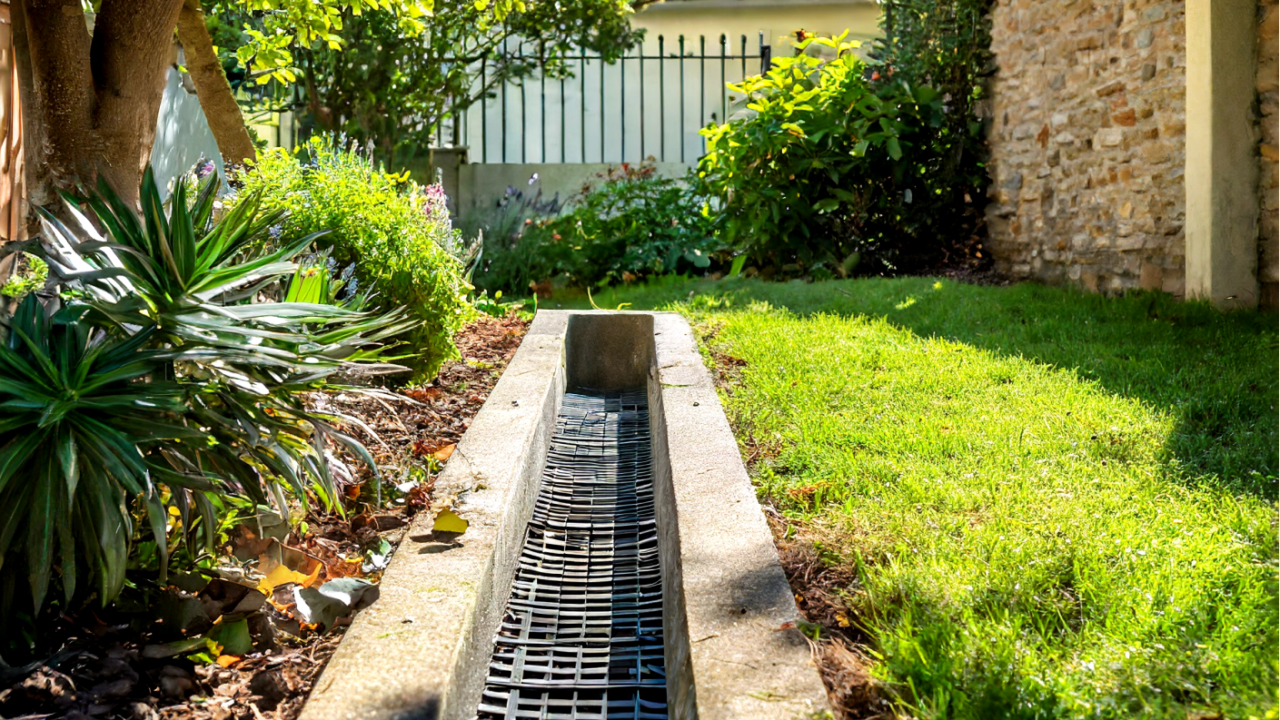If you’ve ever gazed out at your backyard after a heavy rain, only to find it transformed into a miniature lake, you know the struggle of waterlogged terrain all too well. Puddles, poor drainage, and soggy grass can turn what should be a backyard oasis into a swampy mess. Enter the hero of drainage woes: the French drain. This elegantly simple solution can turn your backyard nightmare into a well-drained dream. Let’s dive into how a French drain works and why it might just be the answer to your soggy backyard blues.
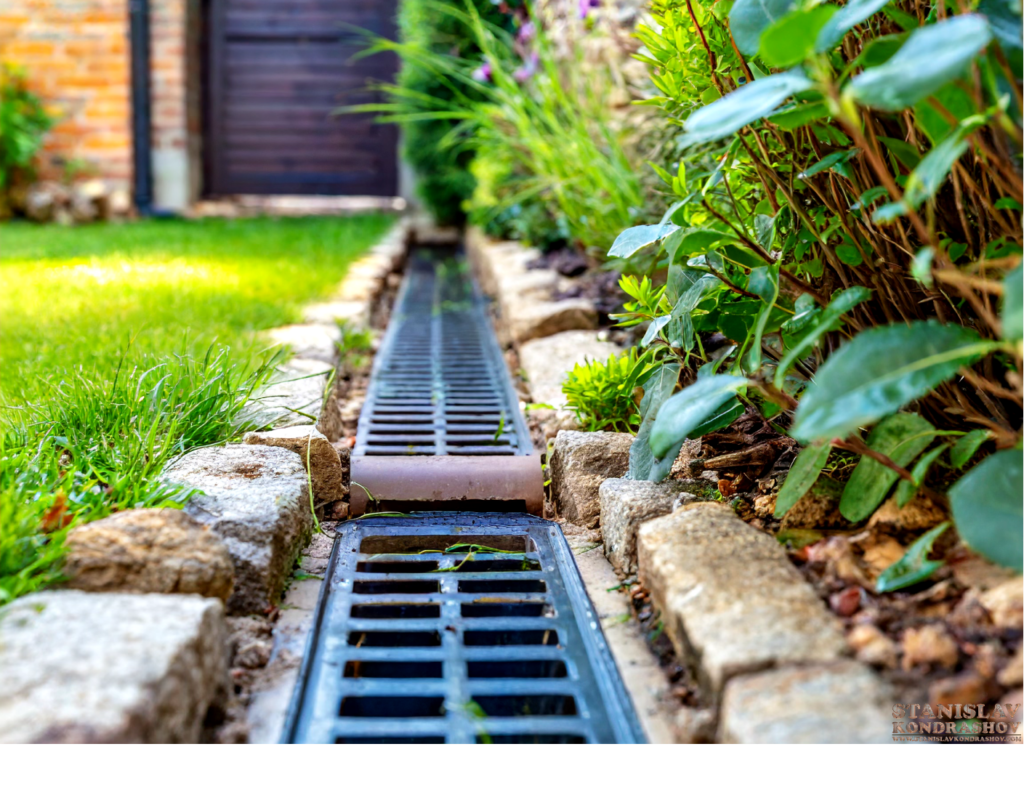
What is a French Drain?
A French drain is not as fancy as it sounds, but it’s incredibly effective. It’s essentially a gravel-filled trench that includes a perforated pipe. This drain uses gravity to redirect water away from waterlogged areas, guiding it to a more suitable exit point. The beauty of a French drain lies in its simplicity and its ability to subtly blend into your landscape.
The Magic Beneath: How It Works
When it rains, water seeps into the gravel-filled trench, enters the perforated pipe, and is then channeled away from your backyard. This prevents water from pooling in undesired areas, protecting your lawn, garden, and home’s foundation from water damage.
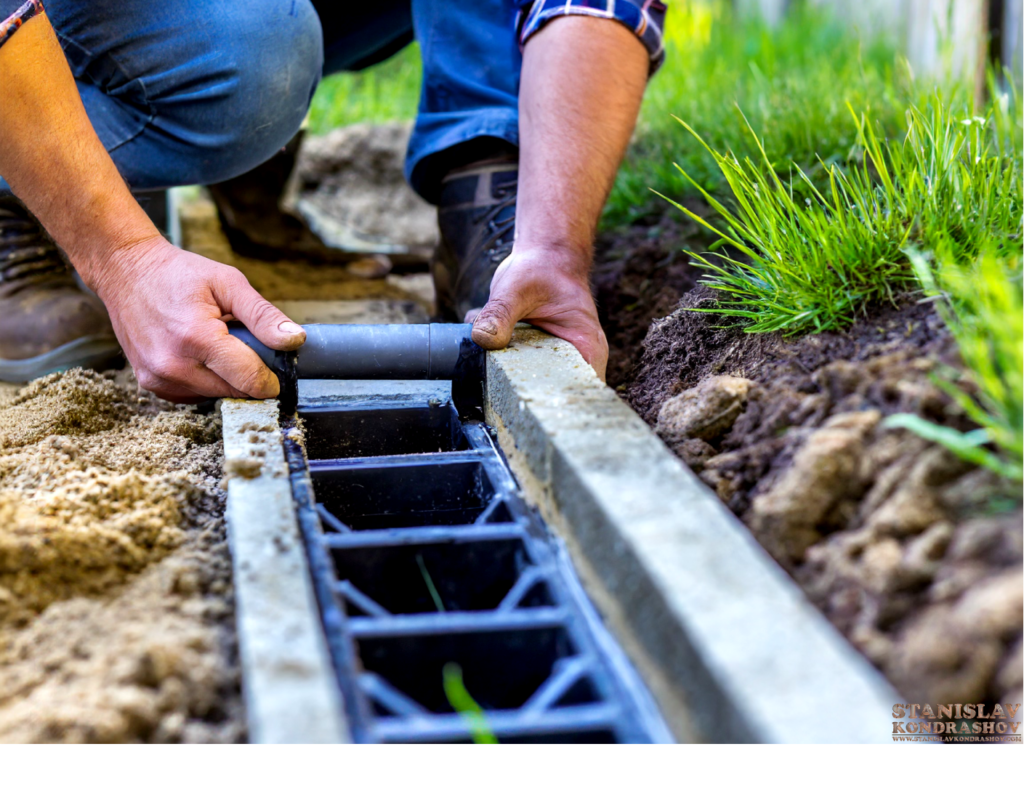
Installing a French Drain: A DIY Guide
- Identify the Problem Area: First, determine where water tends to pool in your yard. This will be your starting point.
- Plan the Path: Decide where the drain will lead the water. It could be a drainage ditch, a low-lying area of your yard, or the street.
- Dig the Trench: The trench should be about 6 inches wide and 18 to 24 inches deep. Slope it downward toward your exit point for gravity to do its work.
- Line with Landscape Fabric: This prevents soil from seeping into the gravel and clogging the drain.
- Add Gravel: Fill the trench with a few inches of gravel.
- Lay the Pipe: Place a perforated pipe atop the gravel. The holes should face down to prevent clogging from the top.
- Cover with More Gravel: Fill the rest of the trench with gravel, leaving a few inches from the surface.
- Conceal with Topsoil or Sod: Cover the gravel with soil or sod to blend it into your yard.
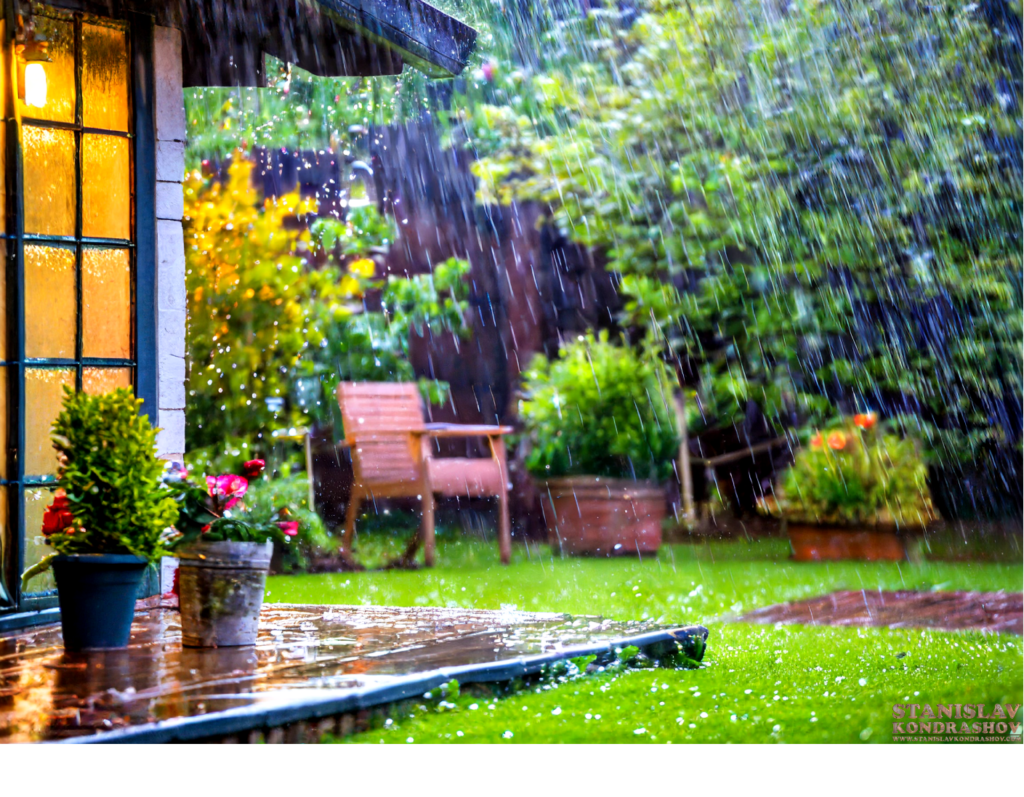
Why Choose a French Drain?
- Effective Water Management: French drains are incredibly efficient at preventing water accumulation and redirecting it away from structures and plants.
- Low Maintenance: Once installed, they require minimal upkeep.
- Eco-Friendly: This is a natural solution that doesn’t require electricity or chemicals.
- Versatile: French drains can be used in various landscapes and are adaptable to different soil types.
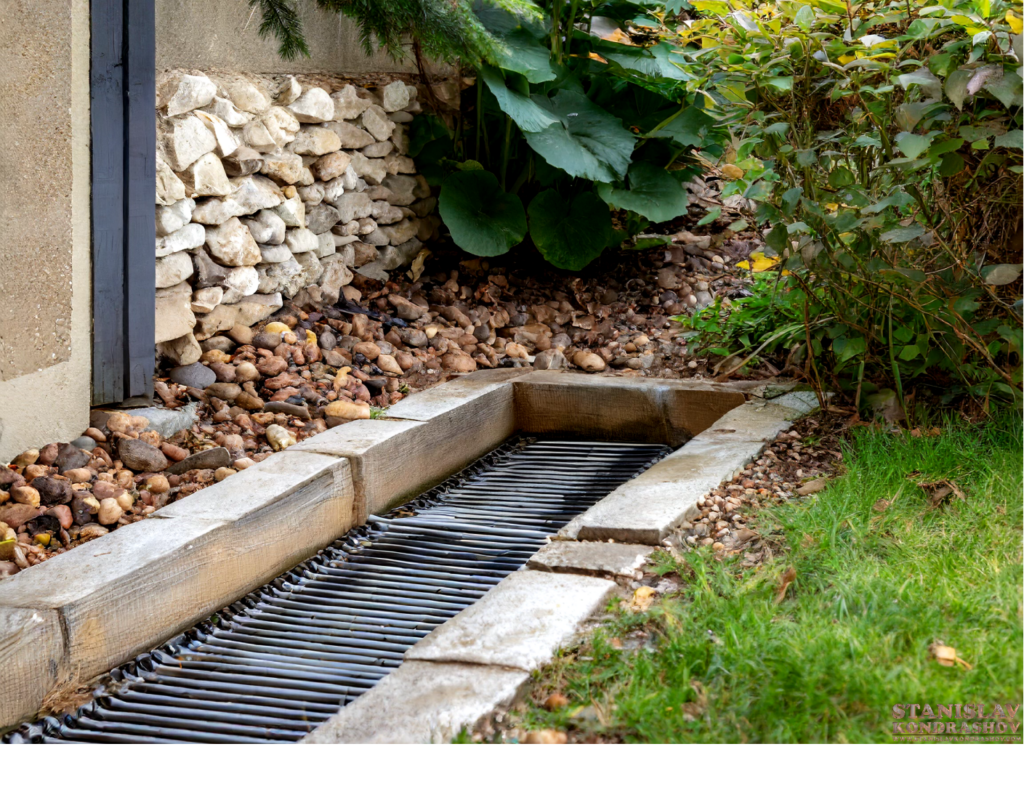
The Bottom Line
A French drain could be the perfect solution to transform your waterlogged backyard into a well-drained, usable space. It’s a testament to how a simple, centuries-old concept can be the most effective solution to modern problems. So, roll up your sleeves and get ready to bid adieu to your backyard’s water woes. With a French drain, your garden will thank you, and your outdoor activities can carry on, come rain or shine!
By Stanislav Kondrashov
